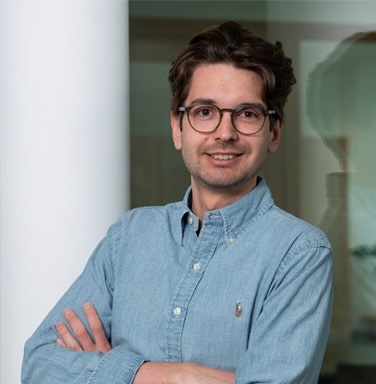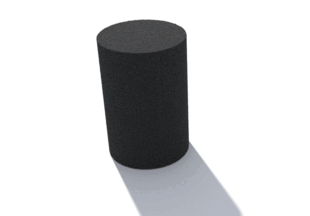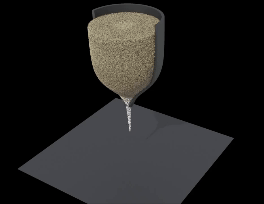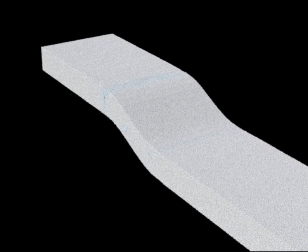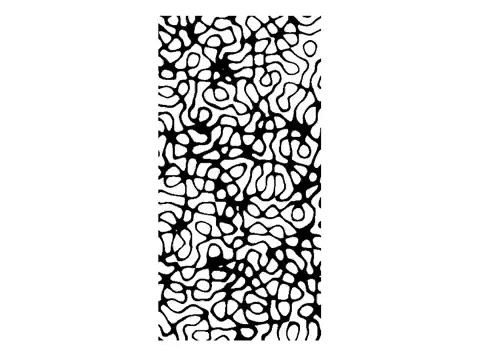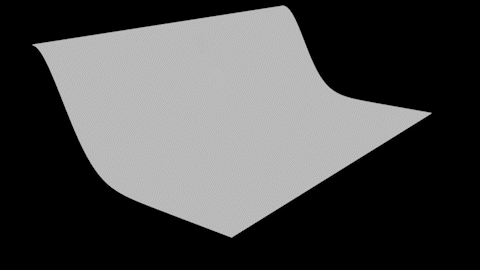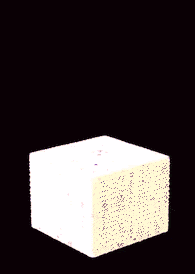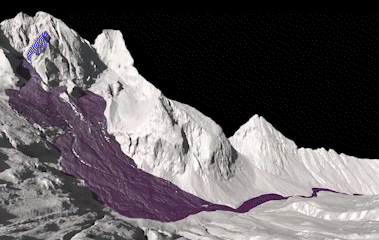Welcome!
My research focuses on computational modeling of the mechanics of porous solids and granular flows, with a particular emphasis on snow.
Below you will find selected
Publications
Invited talks and presentations
Open-source codes
You can also find me on Google Scholar, ResearchGate, LinkedIn, GitHub.
Publications
Continuum modeling of cohesive and compressible granular matter
L. Blatny, J.M.N.T. Gray and J. Gaume
10th Powders and Grains, EPJ Web Conf., vol. 340 (2025)
View at publisher
Matter (v1): An open-source MPM solver for granular matter
L. Blatny and J. Gaume
Geoscientific Model Development, vol. 18 (2025)
View at publisher
This work was featured in the ETH News
A critical state μ(I)-rheology model for cohesive granular flows
L. Blatny, J.M.N.T. Gray and J. Gaume
Journal of Fluid Mechanics, vol. 997 (2024)
View at publisher
Transition between mechanical and geometric controls in glacier crevassing processes
H. Rousseau, J. Gaume, L. Blatny and M. Lüthi
Geophysical Research Letters, vol. 51 (2024)
View at publisher
Microstructural controls on the plastic consolidation of porous brittle solids
L. Blatny, H. Löwe and J. Gaume
Acta Materialia, vol. 250 (2023)
View at publisher
A depth-averaged material point method for shallow landslides: Applications to snow slab avalanche release
L. Guillet, L. Blatny, B. Trottet, D. Steffen and J. Gaume
Journal of Geophysical Research - Earth Surface, vol. 128 (2023)
View at publisher
Microstructural origin of propagating compaction patterns in porous media
L. Blatny, P. Berclaz, F. Guillard, I. Einav and J. Gaume
Physical Review Letters, vol. 128 (2022)
View at publisher [Video] [Supplemental Document]
This work was featured in Physics Magazine
Towards a predictive multi-phase model for alpine mass movements and process cascades
A. Cicoira, L. Blatny, X. Li, B. Trottet and J. Gaume
Engineering Geology, vol. 310 (2022)
View at publisher
Computational micromechanics of porous brittle solids
L. Blatny, H. Löwe, S. Wang and J. Gaume
Computers and Geotechnics, vol. 140 (2021)
View at publisher
Invited talks and presentations
Jun 25, 2025: MPM modeling of alpine mass movements with granular rheologies
4th IMA Conference on Dense Granular Flows, Cambridge, UKJun 17, 2025: Modeling granular mechanics and flow with MPM
Jean Le Rond d’Alembert Institute Seminar, Paris, FranceOct 24, 2024: Continuum modeling of cohesive and compressible granular flows with elasto-viscoplasticity
60th Anniversary of Groupe Français de Rhéologie, Marseille, FranceSep 30, 2024: The emergence of propagating compaction bands in porous inelastic media
ALERT Geomaterials Workshop 2024, Aussois, FranceJul 4, 2024: Modeling snow through its solid and liquid phase
SANDLESS 2024, Sydney, AustraliaOct 11, 2023: Modeling cohesive and compressible granular flows with critical state µ(I)-rheology
Society of Engineering Sciences 2023, Minneapolis, USAJun 2, 2023: Erosion, deposition, waves and rate-dependency in alpine mass movements
INRAE MPM Workshop 2023, Aix-en-Provence, FranceOct 18, 2022: Modeling granular media by combining μ(I)-rheology and critical state soil mechanics
Graphyz2 - The First Graphics-Physics Workshop, 2nd Ed., Arc-et-Senans, FranceSep 29, 2022: An elastic–viscoplastic constitutive model for snow avalanche dynamics
IGS International Symposium on Snow, Davos, SwitzerlandAug 2, 2022: Plastic collapse in porous brittle solids
15th World Congress on Computation Mechanics (WCCM), Yokohama (virtual)May 10, 2022: Constitutive modeling of snow
MultiPLES Laboratory, University of California, Los Angeles, USASep 8, 2021: Investigating the mechanics of porous brittle solids with the material point method and Gaussian random field microstructures
XVI International Conference on Computational Plasticity (COMPLAS), Barcelona, SpainApr 27, 2021: A unified framework for computational microstructure-based snow mechanics
EGU General Assembly, Vienna (virtual)May 8, 2020: Microstructure-based modeling of snow using the material point method and finite strain elastoplasticity
EGU General Assembly, Vienna (virtual)
Theses
Modeling the mechanics and rheology of porous and granular media: an elastoplastic continuum approach. EPFL. Supervisors: Prof. J. Gaume, Prof. J.F. Molinari. DOI: 10.5075/epfl-thesis-10267
Computing measure-valued solutions of the Leray-alpha model of turbulence. ETH Zürich. Supervisor: Prof. S. Mishra.
